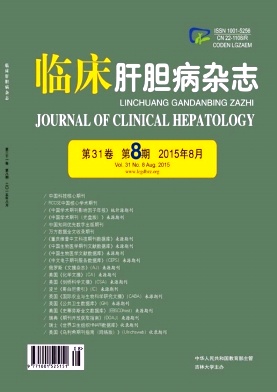Objective To study the blocking effects of different concentrations of hepatitis B vaccine( Hep B) combined with hepatitis B immune globulin( HBIG) on mother- to- infant transmission of hepatitis B virus( HBV) and the influencing factors for mother- to- infant transmission of HBV. Methods A total of 785 pregnant women with hepatitis B and their infants who received interruption of mother- to-infant transmission of HBV in our hospital from July 2012 to February 2015 were enrolled as subjects. According to the results of prenatal examination of serum HBV markers in pregnant women,blocking regimens with different doses were made for infants born to HBs Ag- positive /HBe Ag- negative and HBs Ag- positive / HBe Ag- positive mothers,who received 10 μg and 20 μg Hep B,respectively,combined with 100 IU HBIG by injection within 2 hours after birth,and were vaccinated with Hep B again at 1 and 6 months after birth. A long- term follow-up was performed in pregnant women and infants,and the venous blood of infants was collected at 7 and 12 months after birth for evaluation of serum HBV markers. Results In the 785 infants,none of the infants born to the 529 HBs Ag- positive / HBe Ag- negative mothers were infected,suggesting a blocking rate of 100%,while 14 out of 256 infants born to HBs Ag- positive / HBe Ag- positive mothers were infected,yielding a blocking rate of 94. 53%. The positive HBe Ag and a HBV DNA level higher than 108 IU / ml were significantly correlated with blocking failure( P < 0. 001),while other factors including childbirth and feeding methods were not found correlated with blocking failure in this study. The investigation of intervention for compliance revealed that infants who were not given timely or full- dose injection for the first vaccination were more likely to be infected. Further logistic regression analysis showed that the incidence of mother- to- infant transmission of HBV was higher in infants born to mothers with a HBV DNA level higher than 108 IU / ml,infants who were not given timely or full- dose injection for the first vaccination,and male infants. Conclusion Combination vaccination can effectively increase the blocking rate of mother- to- infant transmission of HBV in infants born to HBs Ag- positive mothers. The infection status of mother,viral load,and first vaccination are key factors for blocking mother- to- infant transmission of HBV.













 DownLoad:
DownLoad: